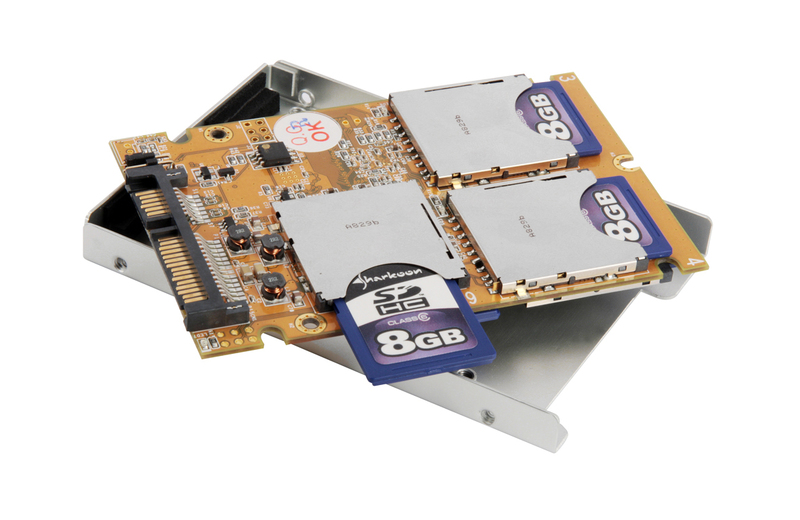
Originally Posted by
GullLars

So, lately i've been skimming through a few old articles and papers on HDD/RAM and newer Flash/RAM hybrid drives. After looking at the specs and contemplating architecture a bit, i was left with a question:
Why hasn't any HDD maker yet added a flash read-cache?
By adding a single 4-8GB MLC NAND chip, costing roughly $2-3/GB = $8-24 added cost, and using it for read-caching hot-files, you can get around 4-5000 4KB random read IOPS = 16-20MB/s (@QD 1) and roughly 40-60MB/s sequential read for the cached data. And since it's a read-cache, write speeds and write cycles will be largely irrelevant.
Tracking hot-files should be easy to implement simply by logging read-access to LBAs, and with a slight bit more effort, filtering LBAs being read in a small block random pattern. Possibly also caching file-table and folder/file structure and metadata, as well as the data typically read the first seconds after power-up or spin-up. This could allow low-power "green" drives to not spin up everytime you access it if you don't need un-cached data, and could also allow the drive to spin at a lower speed while delivering adequite performance. Lower rotational speed could also allow higher storage density.
Using this type of caching would have a noticable effect on typical usage patterns, and especially multi-tasking, but would likely not make an impact on benchmarking since it would take some time for new data to reach cache.
Larger hot-files could benefit from the cache as they could be read from both flash and disk at the same time with the speed of both combined (80-140 + 40-60).
With a custom driver (or a mini-USB port?) you could also have a tool-box to allow advanced users to manipulate the cache. Filtering by filetype, file size, heat (frequency of access, both short-term and long-term), location, etc.
The failure of a cache of this kind is not (or does not have to be) fatal for stored data or even function of the HDD.
Any thoughts people?
Does this sound doable, and if so, to what extent?
What kind of drives would benefit the most and be acceptable with a bit higher price and performance?
Would HDD makers consider this or do this if it was doable and there was a market?
(I think it's doable at least with simple LBA access frequency logging, and there being a market in almost all segments, however niche in some)




 Reply With Quote
Reply With Quote ,
, ,
,




 )
)  .
.


Bookmarks